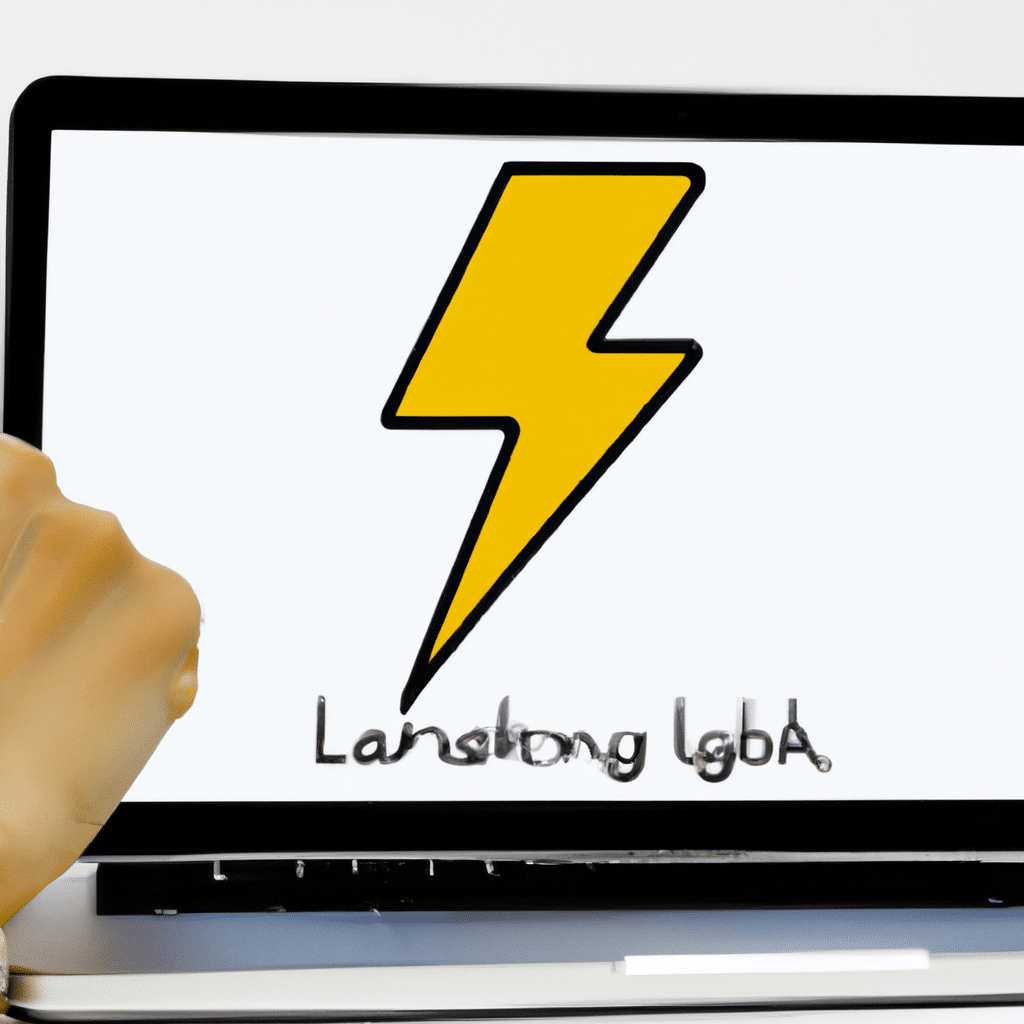If you are a Mac user, you may have noticed that over time, your Mac can slow down and become less efficient. While this is a common issue, there are many things you can do to speed up your Mac operating system. In this article, we will give you some tips and tricks to help you optimize your Mac and get it running as fast as possible.

Clear Out Unnecessary Files and Programs
The first step to speeding up your Mac is to clear out any unnecessary files and programs. This will free up space on your hard drive and help your Mac run more efficiently. Some files you may want to delete include:
- Old emails and email attachments
- Duplicate files and photos
- Old documents and files you no longer need
- Unused applications and programs
You can use a program like CleanMyMac to help you identify and delete these files. This program will scan your Mac and give you a list of files and programs you can delete to free up space.
Update Your Operating System and Apps
Another way to speed up your Mac is to make sure your operating system and apps are up to date. Apple releases regular updates to improve performance and fix bugs. To update your Mac, go to the Apple menu and select “Software Update.” This will check for any available updates and allow you to download and install them.
Additionally, you should make sure all of your apps are up to date. Open the App Store and go to the “Updates” tab to see if any of your apps need to be updated. Keeping your apps up to date will ensure they run smoothly and efficiently.
Disable Startup Items
When you start up your Mac, certain programs and apps may automatically launch. This can slow down your Mac’s startup and cause it to run more slowly. To disable startup items, go to the Apple menu and select “System Preferences.” Then, click on “Users & Groups” and select your user account. Click on the “Login Items” tab and uncheck any programs you don’t want to automatically launch at startup.
Use Activity Monitor to Identify Resource-Hungry Apps
Sometimes, certain apps may be using too much of your Mac’s resources, causing it to slow down. To identify these apps, you can use Activity Monitor. This program will show you which apps are using the most CPU, memory, and energy on your Mac.
To access Activity Monitor, open the Utilities folder in your Applications folder and double-click on “Activity Monitor.” From there, you can see which apps are using the most resources and close any that are causing problems.
Clear Your Cache and History
Over time, your Mac’s cache and browsing history can build up, causing it to run more slowly. To clear your cache and history, follow these steps:
- Open Safari and go to the “Safari” menu.
- Select “Clear History” and choose how far back you want to clear your history.
- Click “Clear History” to delete your browsing history.
- To clear your cache, go to the “Safari” menu and select “Preferences.”
- Click on the “Privacy” tab and click “Manage Website Data.”
- Select “Remove All” to delete your cache.
Disable Visual Effects
If your Mac is running slowly, you may want to consider disabling some of the visual effects. These effects can use up resources and slow down your Mac’s performance. To disable visual effects, follow these steps:
- Go to the Apple menu and select “System Preferences.”
- Click on “Accessibility” and select “Display.”
- Check the box next to “Reduce Motion” to disable some of the visual effects.
Add More Memory
If you have tried all of these steps and your Mac is still running slowly, you may need to add more memory. Adding more memory can improve your Mac’s performance and make it run more smoothly. You can check your Mac’s memory usage by opening Activity Monitor and looking at the “Memory” tab.
To add more memory, you will need to purchase and install new RAM. You can do this yourself or take your Mac to an Apple Store or authorized service provider.
Conclusion
In conclusion, there are many things you can do to speed up your Mac operating system. By clearing out unnecessary files and programs, updating your operating system and apps, disabling startup items, using Activity Monitor to identify resource-hungry apps, clearing your cache and history, disabling visual effects, and adding more memory, you can significantly improve your Mac’s performance. With these tips and tricks, you can get your Mac running as fast as possible and enjoy a more efficient computing experience.












